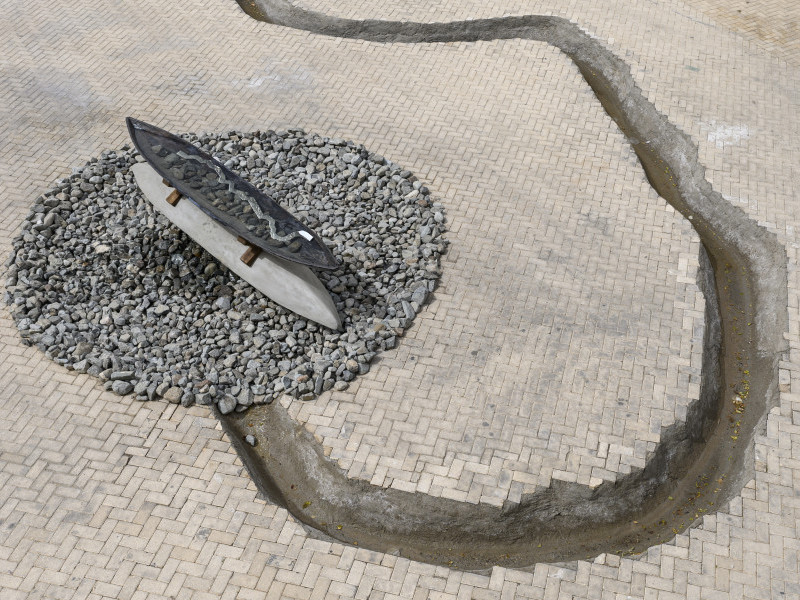

Biography
Focusing on ontological conflict in convergence with indigenous, feminist, ethnic, environmental and social justice studies, Aline Baiana’s work reveals the importance of uncovering other histories, both within and against the hegemonic powers of colonial rule.
Baiana’s work has been shown in a number of exhibitions and film festivals, including Flutuantes, Paço Imperial, Rio de Janeiro (2018); Nanica, Bull Station, São Paulo and Saracura, Rio de Janeiro (2017–2018); Bestiário, Centro Cultural São Paulo (CCSP) (2017); Mostra Corpos da Terra, Caixa Cultural, Rio de Janeiro (2017); Da urgência de cada um, Largo das Artes, Rio de Janeiro (2016); Feminismo e Feijoada’, Capacete, Rio de Janeiro (2015); Stains in the Cowshed, Neu West Berlin (2015); Novas Poéticas, Universidade Federal do Rio de Janeiro (2014) and IV Jardim Suspenso da Babilônia, Rio de Janeiro (2014).
Baiana organised and moderated a talk with indigenous women at Mostra Corpos da Terra, Caixa Cultural, Rio de Janeiro (2017). She was also a co-organiser for two editions of the Abril Indígena event, which is part of the yearly national mobilisation for indigenous peoples’ rights in Brazil (2016–2017), and an assistant producer for Filmambiente, Environmental International Film Festival, Rio de Janeiro (2013–2016).
She received a Bachelor of Arts in Cinema from the Universidade Estácio de Sá, Rio de Janeiro (2010) and an MBA in Environmental Management from the Escola Politécnica da UFRJ, Rio de Janeiro (2012). She also participated in a practicum through the Práticas Artísticas Contemporâneas (PAC), Escola de Artes Visuais do Parque Lage, Rio de Janeiro (2016).
Born in 1985 in Salvador, Bahia, Brazil, Aline Baiana currently lives and works between Rio de Janeiro and Berlin.
SAF participation:
Sharjah Biennial 14
Related Content

Sharjah Biennial 14
Sharjah Biennial 14: Leaving the Echo Chamber

Aline Baiana: Various Works (2019)
Aline Baiana’s SB14 installation draws parallels between the construction of hydropower plants in Brazil and Lebanon, both of which would endanger rivers and the areas of biodiversity they support.
